Your backyard isn’t just an afterthought—it’s an extension of your living space, a sanctuary for relaxation, and the perfect canvas for personal expression. As we move into 2025, backyard landscaping has evolved beyond simple aesthetics to become a sophisticated blend of functionality, sustainability, and personal wellness. Whether you’re planning a complete overhaul or seeking budget-friendly upgrades, these 17 innovative landscaping ideas will help you create an outdoor retreat that reflects your style while increasing your home’s value.
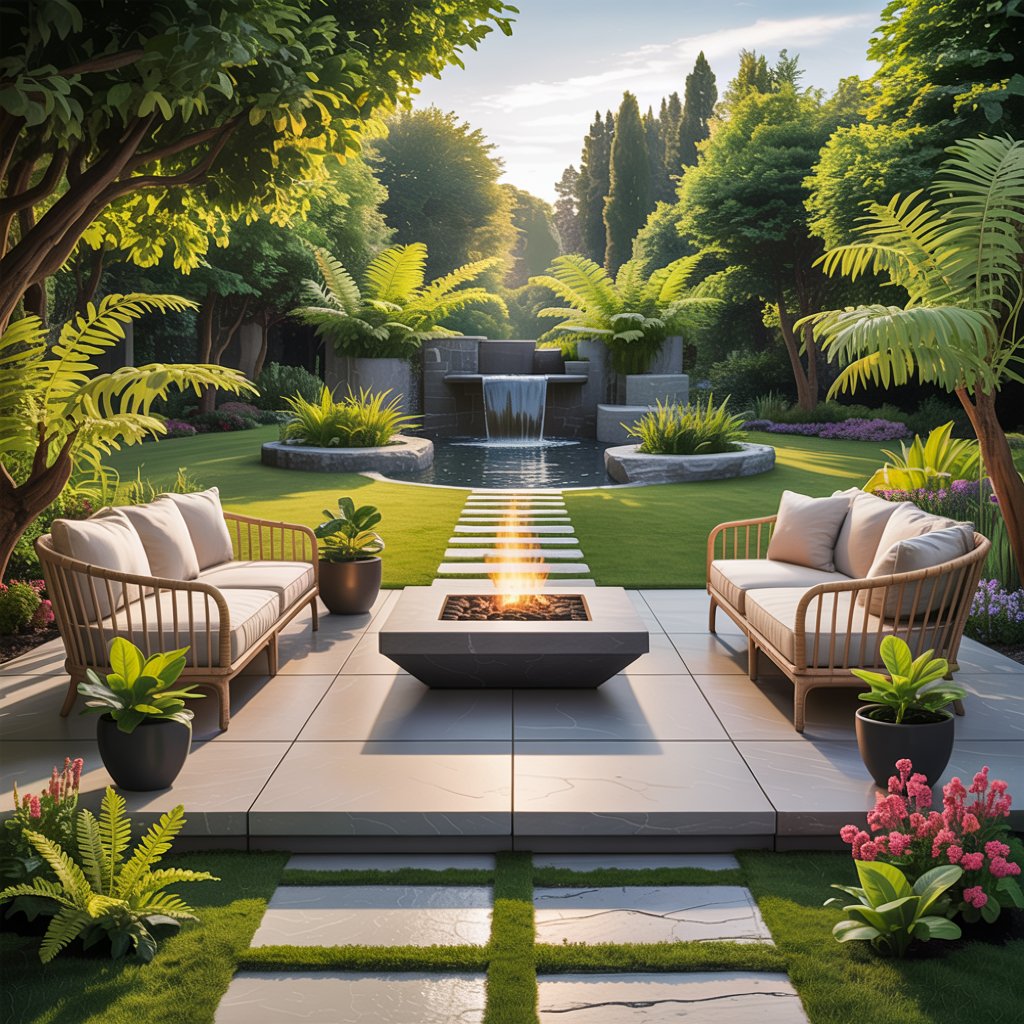
According to industry experts, today’s homeowners seek outdoor spaces that serve multiple purposes—from entertainment hubs to private wellness retreats. As Techo-Bloc notes, “In 2025, outdoor spaces are evolving into dynamic hubs of style, function, and personal expression.” This shift means your backyard should work as hard as you do, providing value through every season while expressing your unique personality. Let’s explore the top backyard landscaping ideas that are setting trends across America.
Create Distinct Activity Zones
Transform your backyard into a multifunctional haven by dividing it into purpose-specific areas. Designate spaces for dining, lounging, gardening, and play to maximize functionality while maintaining visual flow. Use subtle transitions like changes in paving materials, elevation shifts, or strategic plant groupings to define each zone without creating barriers. This approach accommodates various family members’ needs while creating a sense of discovery as you move through your outdoor space.
Consider placing your dining area near the kitchen for easy access, a fire pit lounge further from the house for evening relaxation, and a vegetable garden in your sunniest spot. Pathways should connect these zones naturally using materials that complement both aesthetics and practicality. Seattle-based landscape architect Mara Frost suggests, “Zoning creates rhythm and purpose in outdoor spaces—think of each area as a room in your home, with furniture arrangements and focal points that guide movement.”
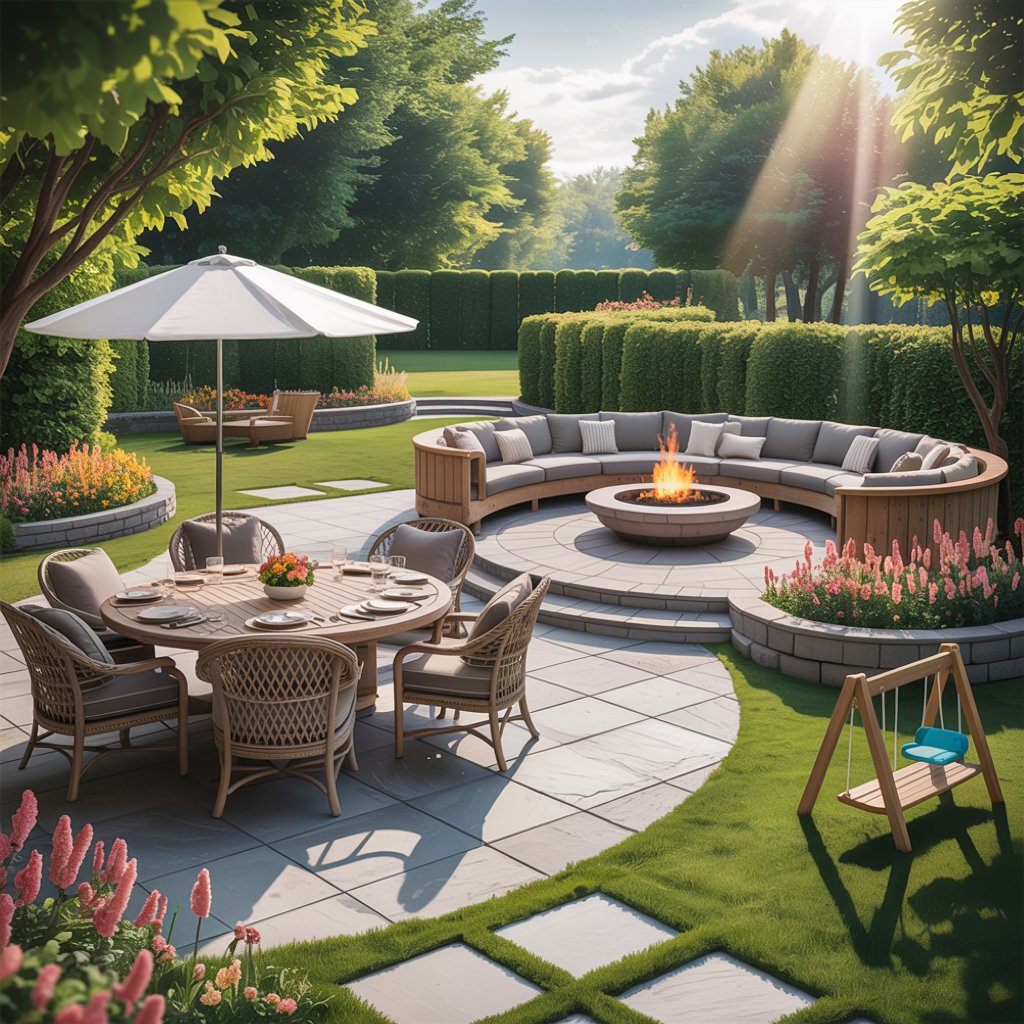
Pro Tip: Install low-voltage pathway lighting at zone transitions for both safety and ambiance during evening use.
Build a Natural Stone Patio Foundation
Natural stone patios provide timeless elegance while creating the perfect foundation for your outdoor living space. Bluestone, limestone, and flagstone options offer durability alongside rustic charm that improves with age. Current trends favor organic shapes with varying stone sizes to create visual interest, avoiding rigid geometric patterns that can feel institutional rather than inviting.
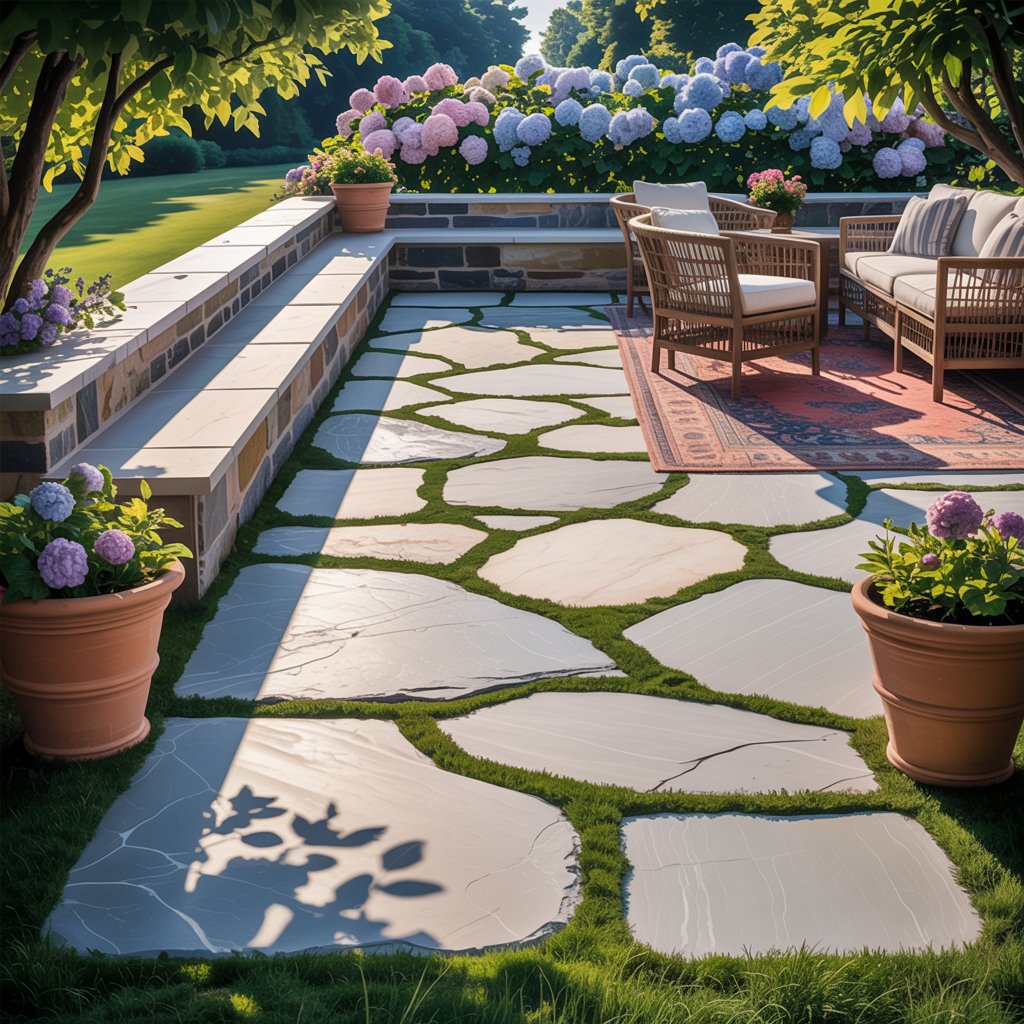
When planning your stone patio, consider both functionality and aesthetics. Position it to capture afternoon shade in warmer climates or maximize southern exposure in northern regions. Incorporate built-in seating or planters that double as natural divisions between spaces. As highlighted by The Bravo’s Landscape, professional designers excel at “assess[ing] your outdoor space and identify[ing] its full potential,” ensuring your stone patio complements your home’s architecture while meeting your lifestyle needs.
Embrace Eco-Friendly Landscaping
Sustainable backyard design has moved from niche interest to essential practice in 2025. Eco-friendly landscaping reduces water usage, supports local wildlife, and minimizes chemical dependence while creating beautiful spaces. Start with soil health—amend your soil with organic matter to improve water retention and reduce runoff. Install rain barrels to capture roof runoff for irrigation, and consider permeable paving materials that allow water to replenish groundwater rather than overwhelming storm systems.
| Eco-Friendly Feature | Water Savings | Wildlife Benefit | Maintenance Level |
|---|---|---|---|
| Native Plant Gardens | 50-75% less water | High habitat value | Low |
| Rain Gardens | 30% runoff reduction | Pollinator friendly | Moderate |
| Drip Irrigation | 30-60% less water | N/A | Moderate |
| Permeable Pavers | 90% infiltration | N/A | Low |
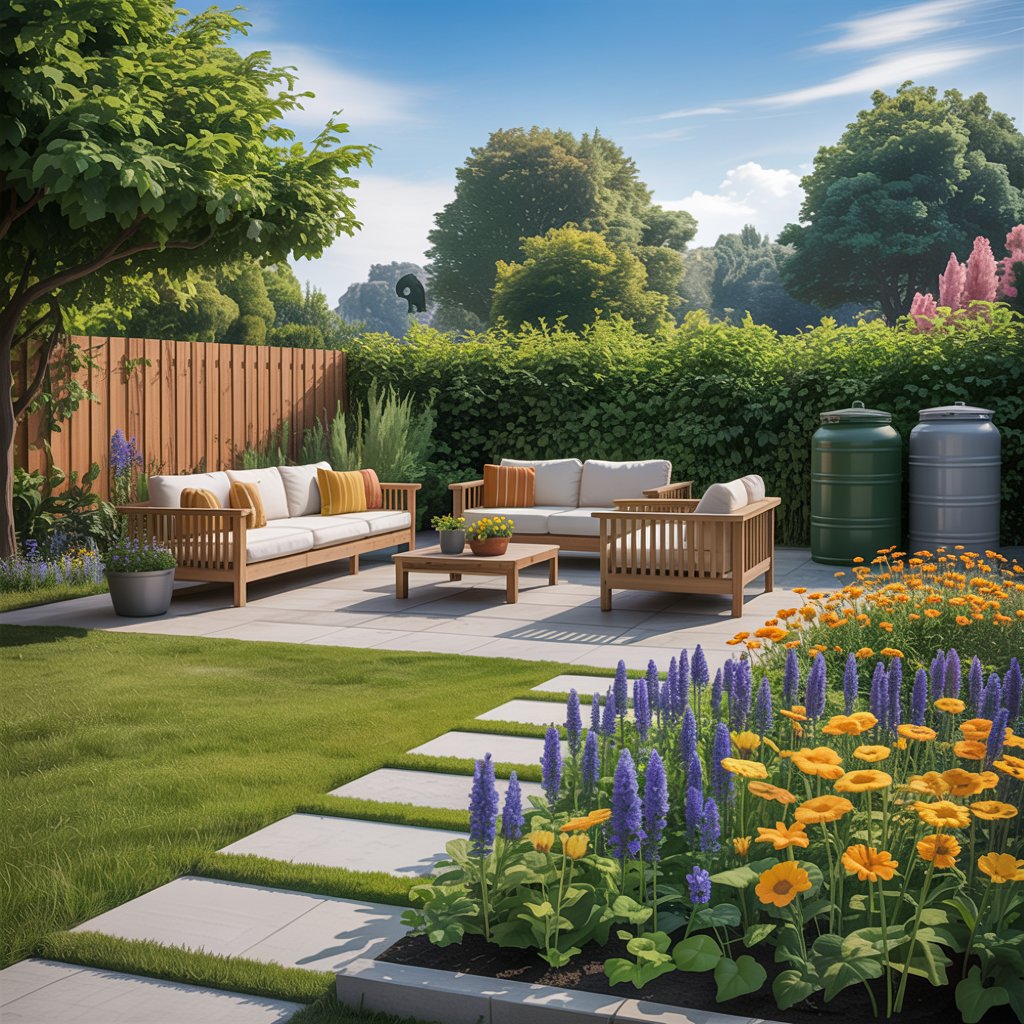
As emphasized by AAF Landscaping, “Eco-friendly landscaping is more than just a trend; it’s a movement towards sustainability and environmental responsibility.” Choose native plants suited to your USDA hardiness zone—they’ve evolved to thrive in local conditions with minimal intervention.
Design an Outdoor Living Room
Your outdoor living room should feel like a seamless extension of your home’s interior with weather-resistant furniture that doesn’t sacrifice style. Start with a comfortable seating arrangement anchored by an area rug made of synthetic fibers that withstand moisture and sun exposure. Layer textures through throw pillows in fade-resistant fabrics and add warmth with outdoor-safe blankets stored in a waterproof basket when not in use.
Incorporate elements that create intimacy and definition, such as a low retaining wall, built-in bench with storage, or decorative screening. Don’t forget ambient lighting—string lights provide soft illumination while solar-powered lanterns add pockets of gentle light. Celebrity designer Rachel Reider notes, “The most successful outdoor rooms have the same attention to detail as indoor spaces—layered lighting, textural variety, and purposeful decor that reflects the homeowner’s personality.”
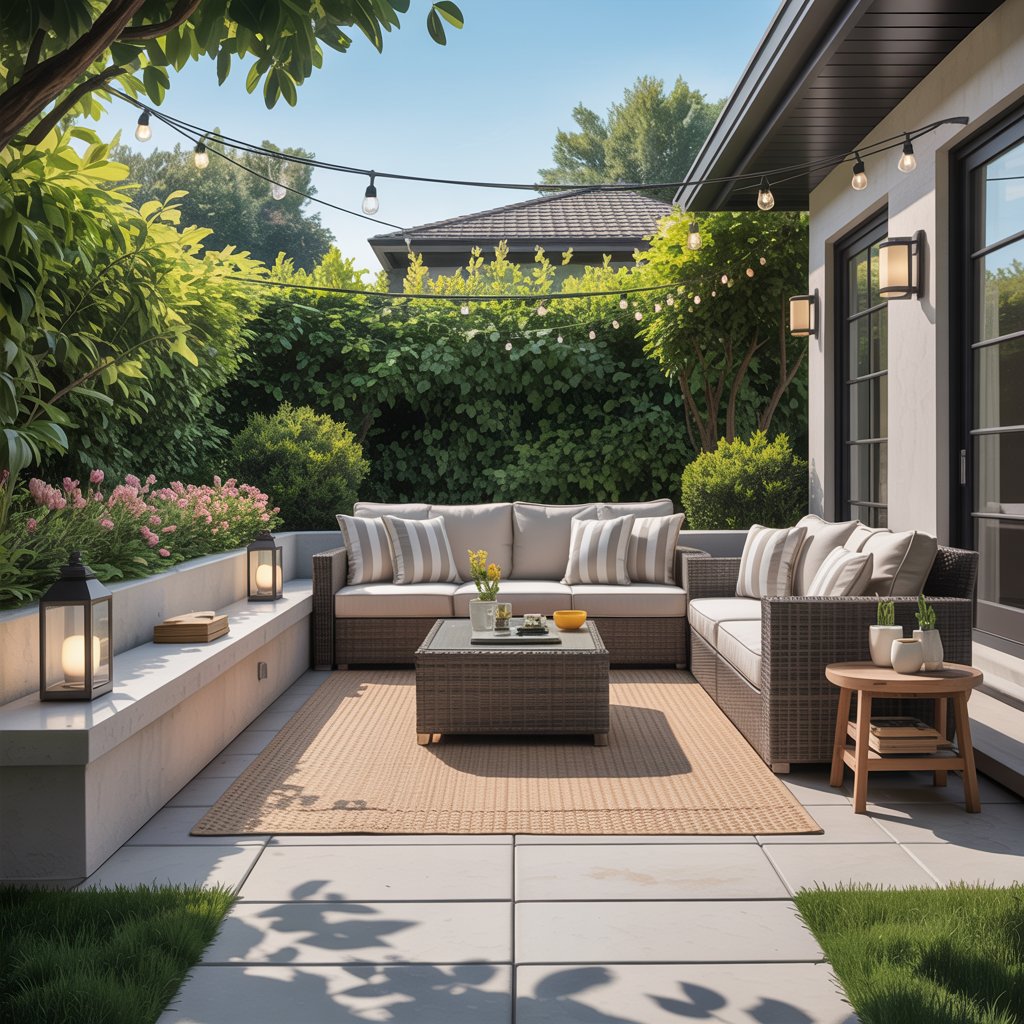
Pro Tip: Install an outdoor-safe electrical outlet within a weatherproof box to power lamps, sound systems, or charging stations without running visible extension cords.
Install Solar-Powered String Lights
Create instant magic in your backyard with solar-powered string lights that transform evenings into enchanting experiences. Modern versions offer improved brightness and reliability compared to earlier models, with options ranging from classic Edison bulbs to delicate fairy lights. Drape them over pergolas, wrap them around tree trunks, or create geometric patterns overhead—they require no wiring, reduce electricity costs, and automatically illuminate at dusk.
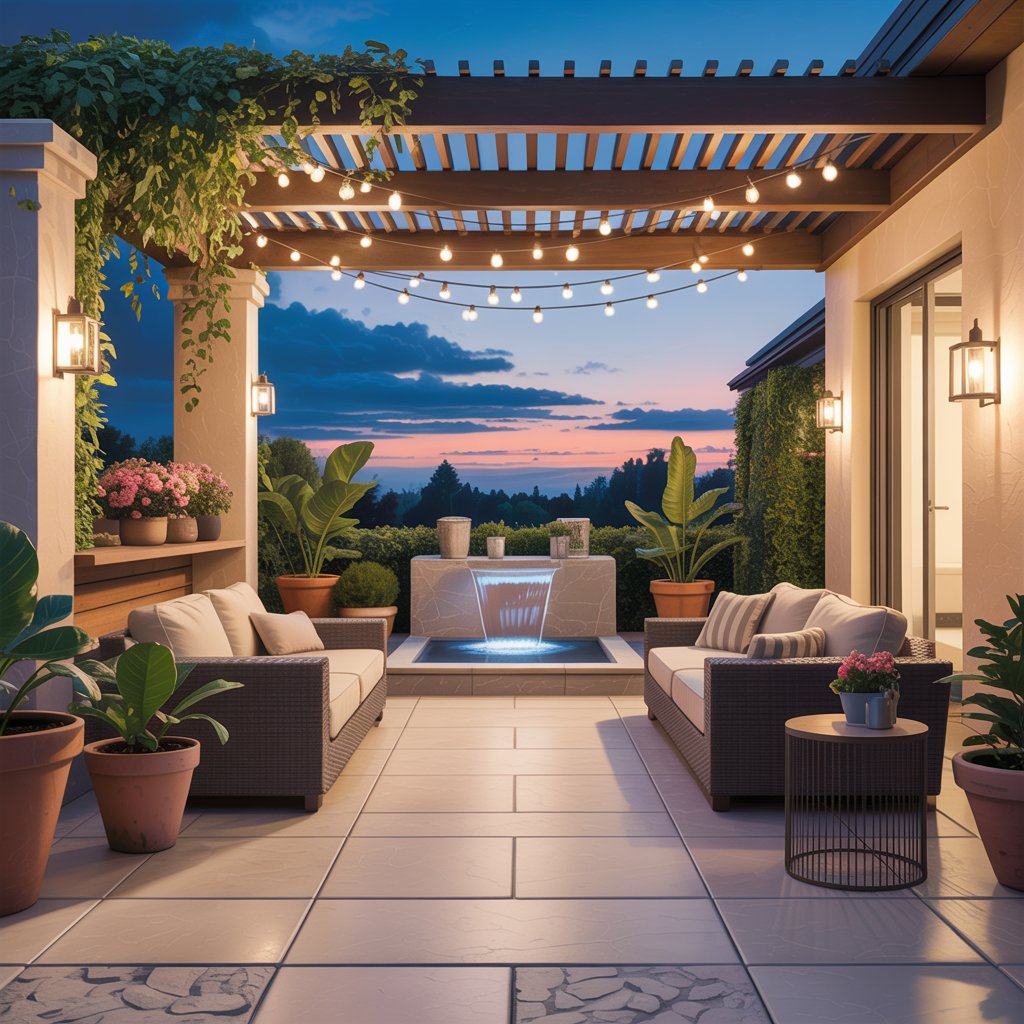
BuzzFeed recommends hanging waterproof and shatterproof solar-powered lights as “perfect for draping over trees, winding around railings, or highlighting the edges of your outdoor living space.” Look for models with multiple lighting modes and built-in battery backups for cloudy days. A promising review cited by BuzzFeed states, “I have had these lights up since the end of September 2022,” indicating impressive durability.
Introduce Natural Reed Fencing
Upgrade your backyard privacy and aesthetic with natural reed fencing, which offers both visual appeal and functional benefits. Unlike solid privacy fences that can feel confining, reed fencing allows dappled light to filter through while creating a soft boundary between properties. The organic texture complements various design styles, from tropical to minimalist, while providing wind permeability that prevents damage during storms.
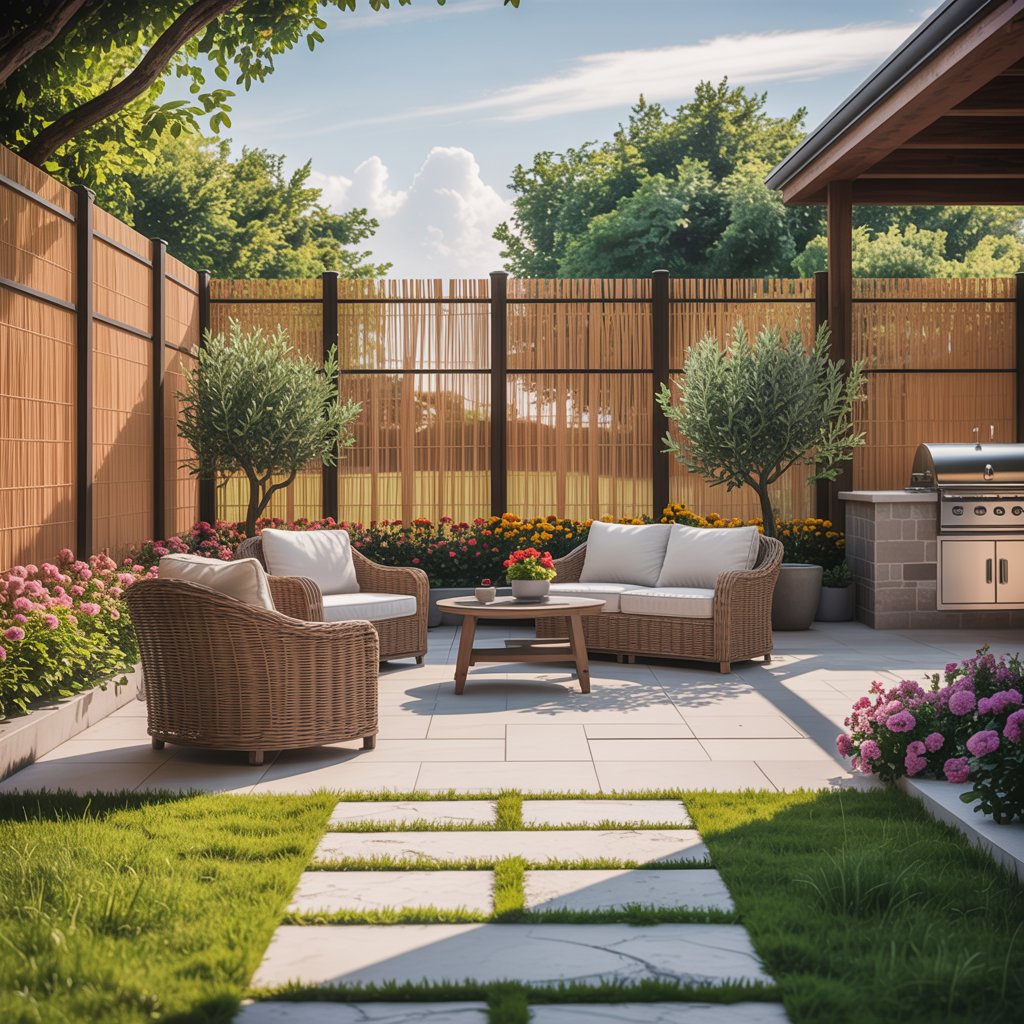
Installation is straightforward—attach reed panels to existing posts or create a simple frame with pressure-treated lumber. For increased longevity, choose panels with natural reed woven with durable synthetic fibers rather than wire as some lower-quality options use. According to BuzzFeed, many homeowners report that “the tight weave with the string is so much better than ones I’ve had in the past that were weaved with wire that look shabby and horrible.”
Incorporate Water Features
Water features add both visual interest and soothing sensory elements to backyard landscapes. From dramatic multi-tiered fountains to subtle wall-mounted waterfalls, the sound of moving water naturally reduces stress while masking neighborhood noise. Contemporary designs focus on integration with the landscape rather than standalone features—consider a disappearing fountain where water bubbles through smooth stones before recirculating below ground.
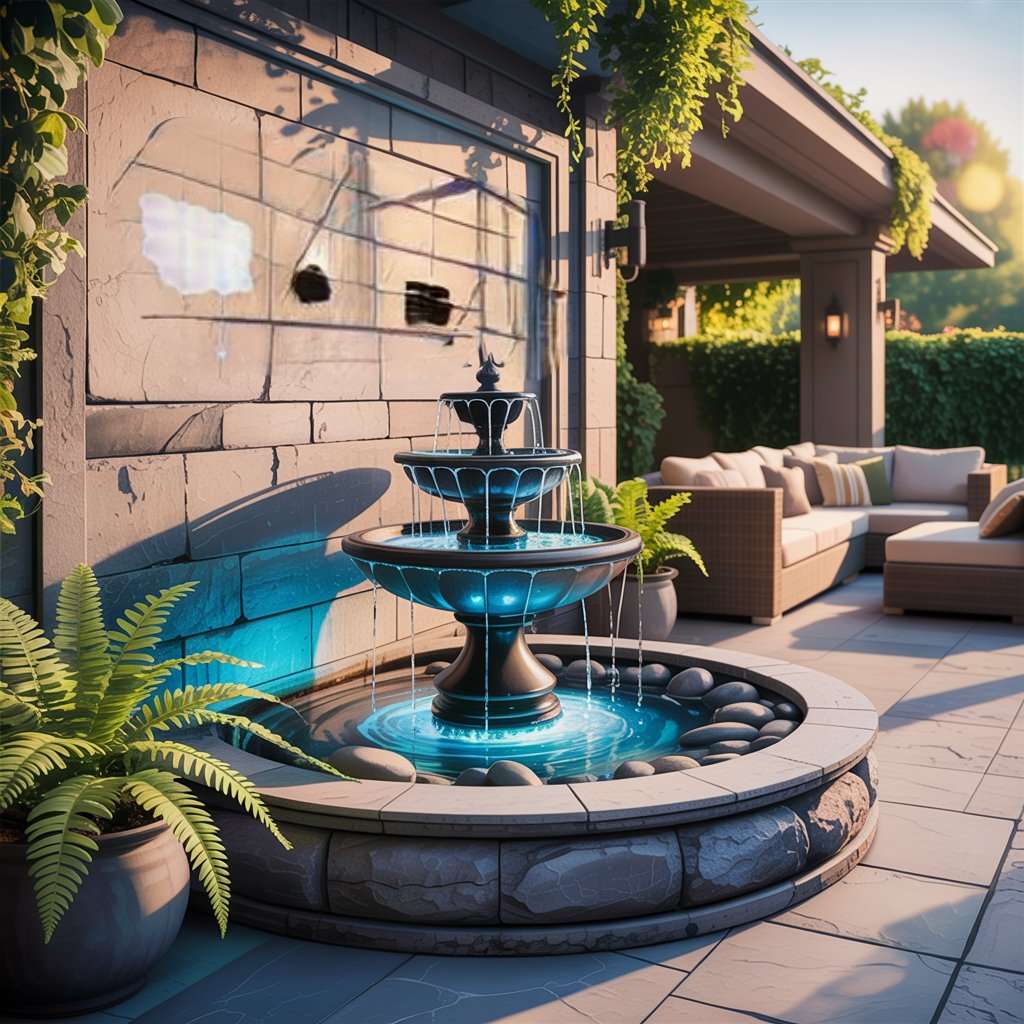
For smaller spaces, tabletop fountains or birdbaths provide water’s calming benefits without significant space requirements. Opt for self-contained systems with recirculating pumps to minimize water waste. When selecting materials, remember that water dramatically affects how textures and colors appear—light-colored stones brighten shaded areas, while darker elements create depth in sunnier spots. Always verify local regulations regarding water features, as some drought-prone regions have restrictions.
Plant Native Species
Native plants form the backbone of sustainable, low-maintenance landscaping that supports local ecosystems. These plants have evolved alongside regional pollinators, birds, and beneficial insects, creating natural habitats that thrive with minimal intervention. Research which species are indigenous to your specific area—what works in Southern California won’t necessarily suit New England conditions, even within the same USDA hardiness zone.
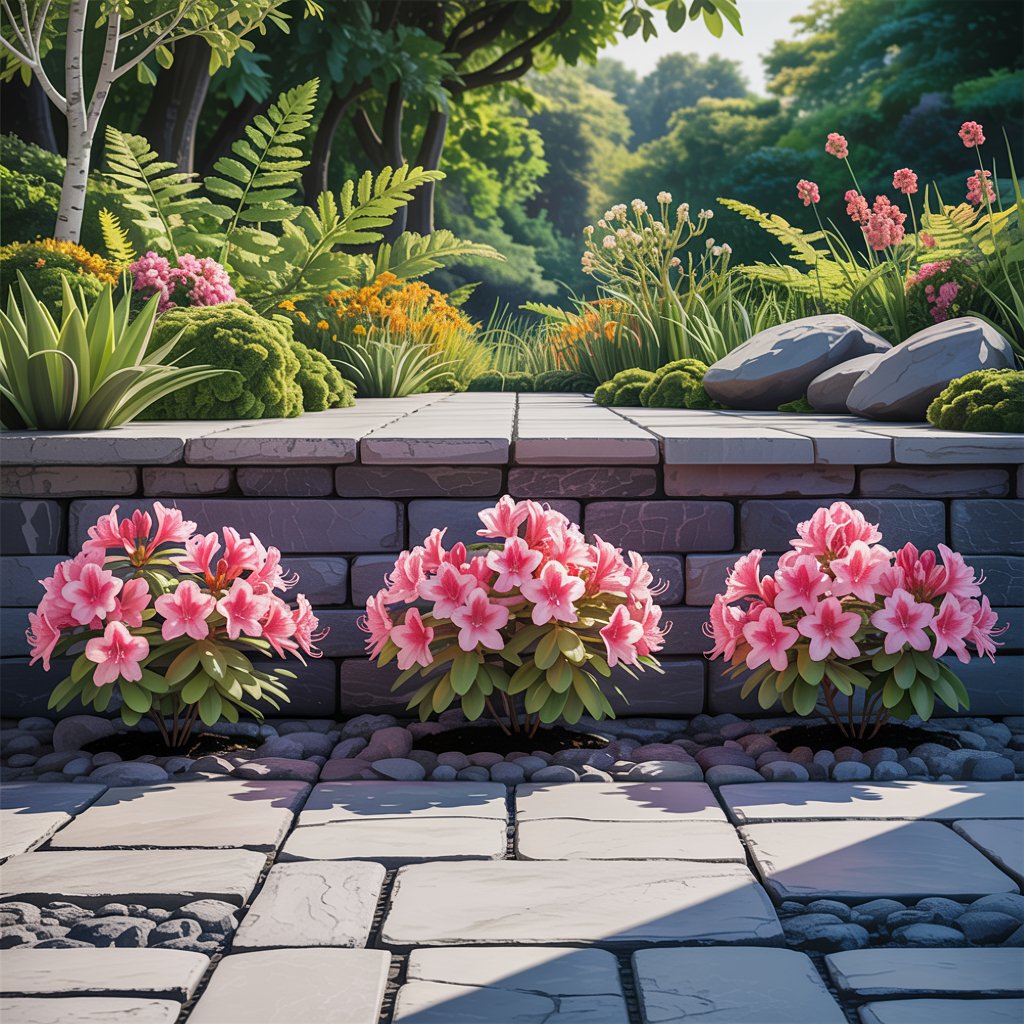
Create planting groups of three or five identical specimens for visual impact while supporting biodiversity. Layer heights from groundcovers through mid-height perennials to small trees for dimension. The National Wildlife Federation notes that native plant gardens require “70% less maintenance, 60% less water, and zero fertilizers compared to traditional turf lawns.” This approach not only benefits the environment but significantly reduces your weekend gardening chores.
Build an Outdoor Kitchen
Elevate your backyard from simple patio to entertainment destination with a thoughtfully designed outdoor kitchen. Start with the essentials—grill, counter space, and storage—then personalize with upgrades like pizza ovens, refrigeration, or sinks. Durable materials like stainless steel cabinetry, granite or concrete countertops, and weather-resistant tile withstand the elements while maintaining style.
Strategically position your outdoor kitchen within easy reach of both the house and primary entertaining area while ensuring proper clearance from structures. Include lighting for safe evening cooking and ample seating nearby for guests to socialize while you prepare meals. As shown in Techo-Bloc’s trend report, modern outdoor kitchens “seamlessly blend natural elements with low-maintenance functionality,” creating spaces that feel both intentional and inviting.
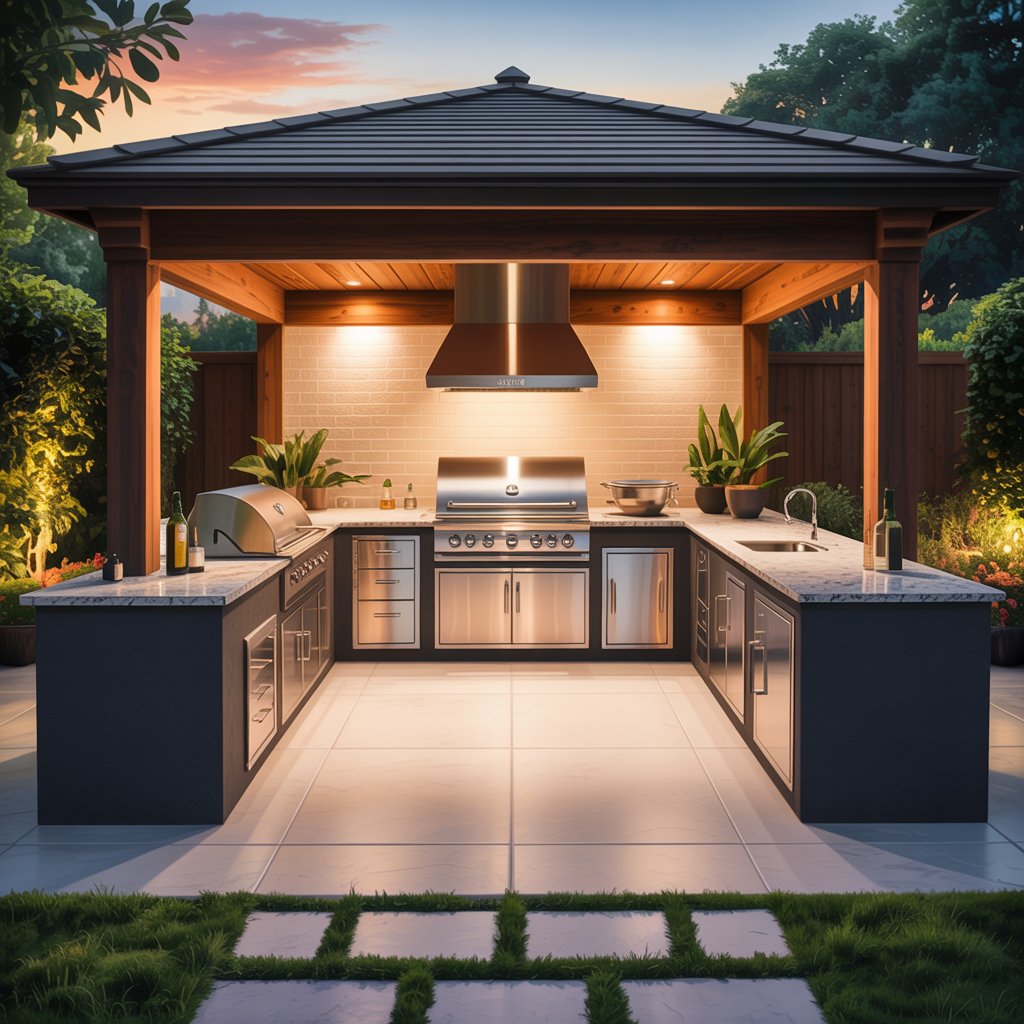
Pro Tip: Install a dedicated exhaust system or ceiling fan above your grill area to prevent smoke from clinging to clothing and furniture.
Create Fire Features
Fire pits and fireplaces extend your backyard enjoyment deep into cooler months while creating natural gathering points. Contemporary designs range from traditional round stone pits to sleek linear gas fire tables that double as coffee tables when not in use. For safety and comfort, position fire features at least 10 feet from structures, in areas not affected by prevailing winds that would blow smoke toward seating areas.
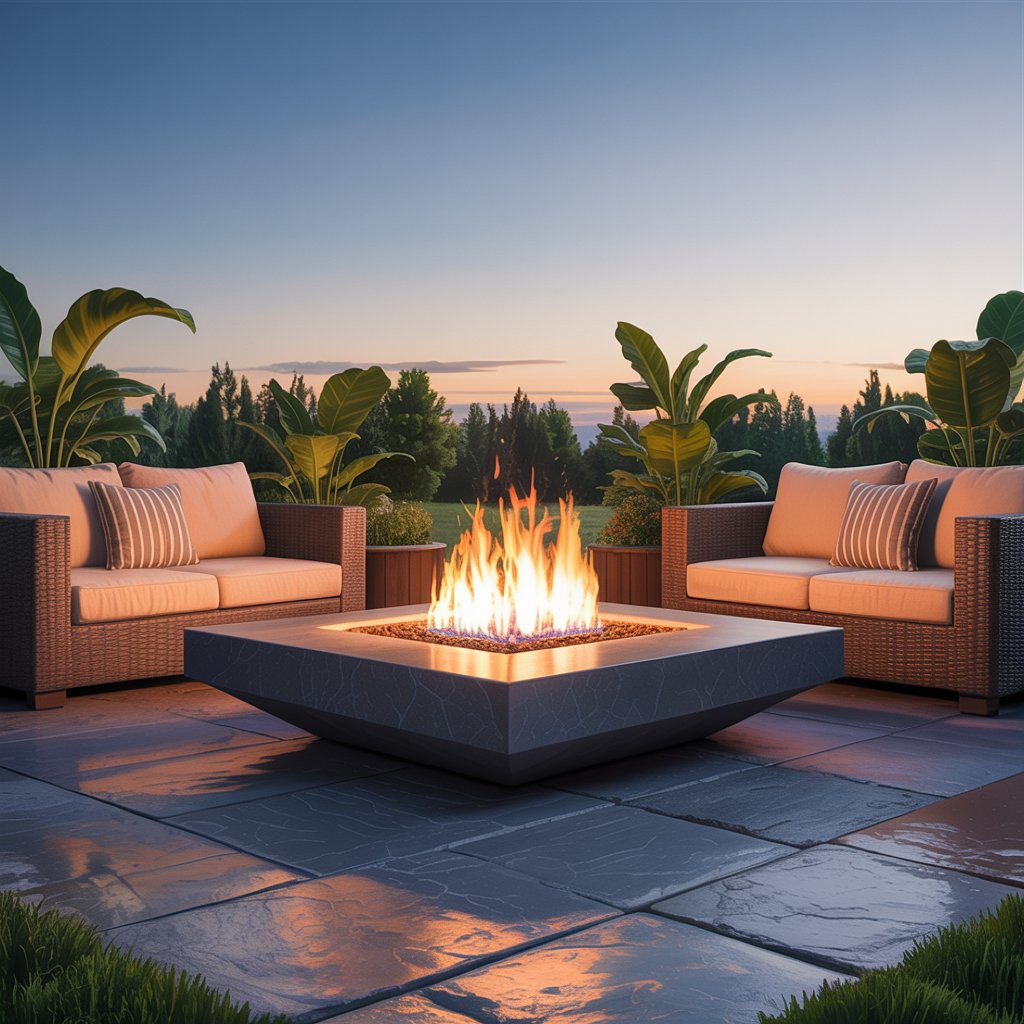
Consider materials that complement your overall design—natural stone creates rustic charm, while metal or concrete offers modern appeal. Wood-burning pits provide authentic crackling sounds but require more maintenance, while gas versions offer instant control and convenience. Add built-in seating with back support for maximum comfort during evening gatherings. The fire’s warmth becomes especially valuable during spring and fall when daytime temperatures are pleasant but evenings turn cool.
Add Shade Solutions
Strategic shade structures protect from harsh sun while extending usable hours in your backyard. Pergolas topped with retractable canopies provide adjustable coverage—their slatted roofs allow dappled light during cooler mornings while the canopy blocks intense afternoon sun. For more substantial protection, consider sail shades or pavilions with solid roofing that won’t heat up excessively like metal roofs sometimes do.
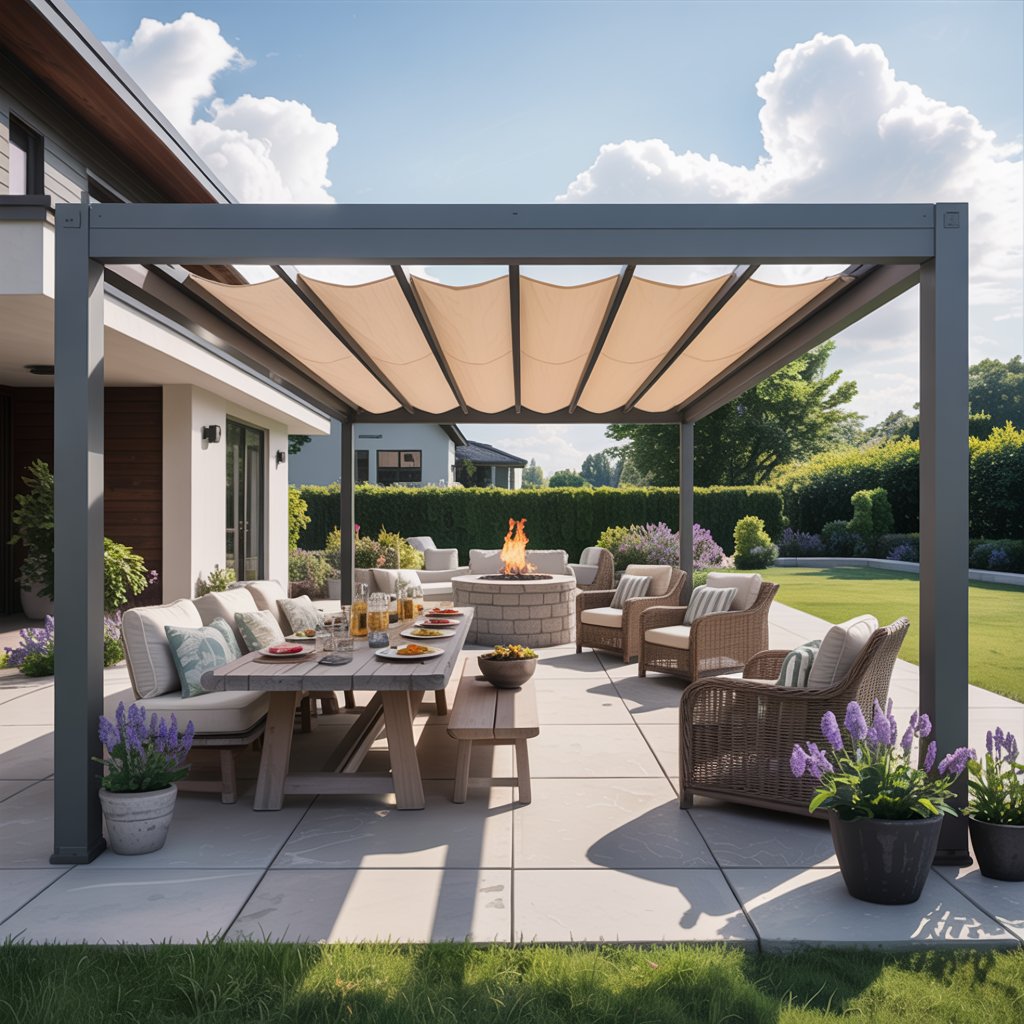
Position shade solutions where you need them most—over outdoor dining areas to prevent food from cooking in the sun, near seating areas to create cooler relaxation spots, and above play areas for children’s protection. Select materials with UV protection ratings for maximum effectiveness. Updated designs now feature integrated lighting and fans within shade structures, creating comfortable spaces even on the hottest summer days without sacrificing aesthetics.
Implement Low-Maintenance Landscaping
Smart landscaping design minimizes time spent on upkeep without sacrificing beauty. Replace high-maintenance turf with groundcovers like clover or ajuga in low-traffic areas, install automated irrigation systems with moisture sensors, and choose slow-growing shrubs that require minimal pruning. Mulch planting beds generously to suppress weeds and retain moisture, reducing both watering needs and weeding time.
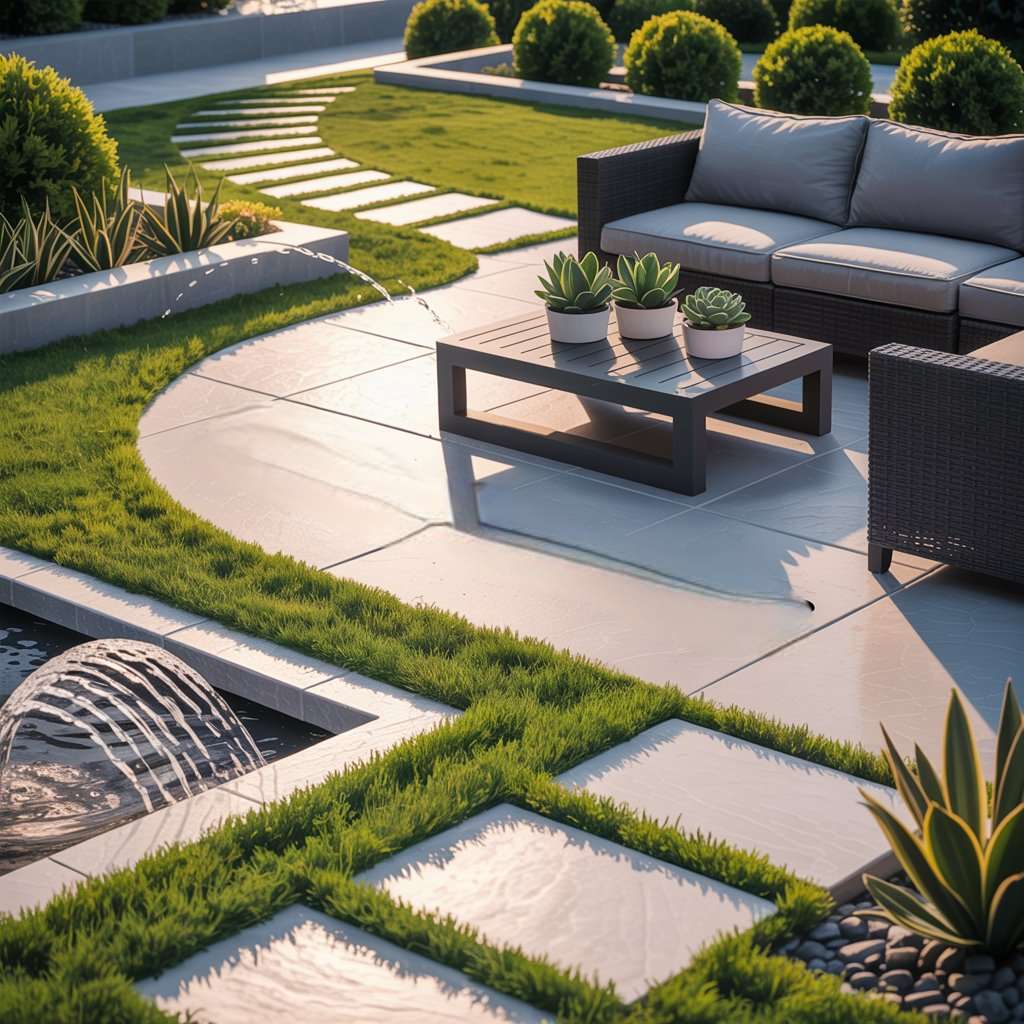
Group plants with similar water requirements together in “hydrozones” to optimize irrigation efficiency. Select disease-resistant varieties that thrive in your climate zone, reducing the need for chemical interventions. As noted by Techo-Bloc, today’s landscape trends emphasize “seamlessly blending natural elements with low-maintenance functionality,” allowing homeowners to enjoy their spaces rather than constantly maintain them.
Design Vertical Gardens
Maximize limited space and add visual interest with vertical gardens that grow upward rather than outward. Trellises, living walls, and espaliered trees transform plain fences or blank walls into living art. Use wall-mounted planters for herbs and shallow-rooted flowers, or install a full green wall system with integrated irrigation for dramatic effect.
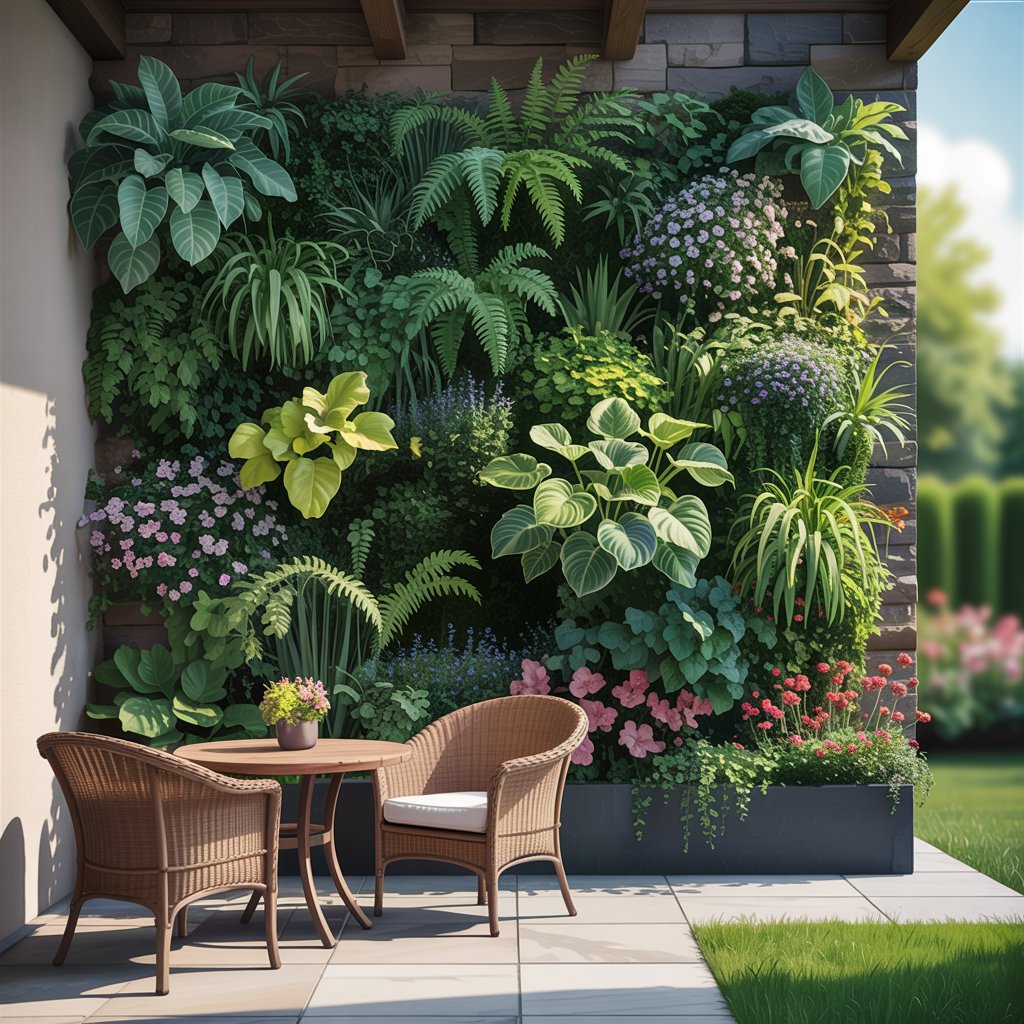
Focus vertical gardens in areas where you’ll appreciate them up close—near seating areas, alongside pathways, or framing outdoor room entrances. Select plants based on light conditions; ferns and hostas thrive in shaded vertical gardens, while succulents and flowering vines prefer sunnier spots. Vertical gardens also provide practical benefits like improved air quality, natural cooling, and enhanced privacy without taking precious square footage from your yard.
Create Kid-Friendly Play Zones
Designated play areas keep children safely contained while allowing parents to supervise from nearby seating. Instead of placing swings and slides haphazardly, integrate them into your overall landscape design using natural materials where possible. Rubber mulch under play equipment creates a safer, more attractive surface than traditional wood chips while reducing weed growth.
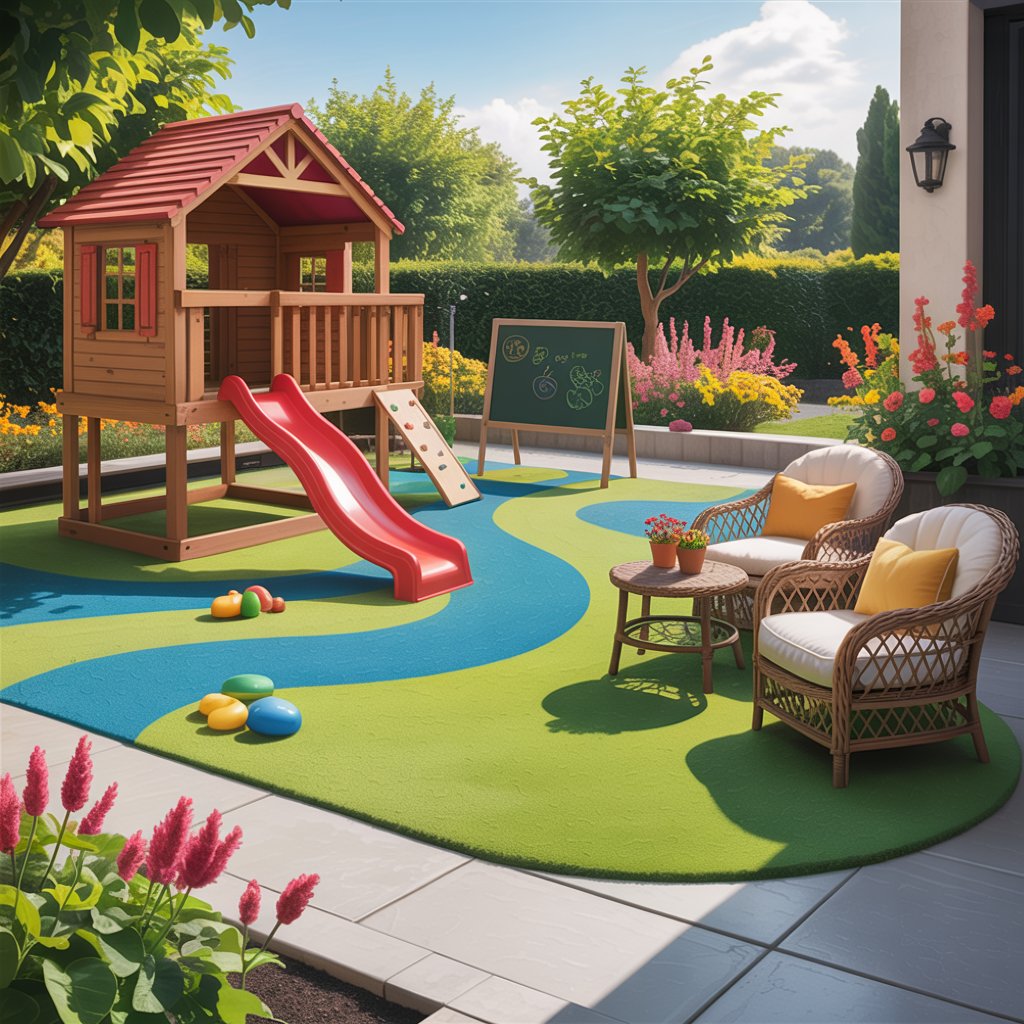
Incorporate elements that spark imagination beyond standard playground equipment—outdoor chalkboards, sand and water play stations, or simple garden beds where children can grow their own produce. Position play areas to receive morning sun but avoid intense afternoon heat, and ensure they’re visible from your primary relaxation spots. Remember to include seating nearby with comfortable back support—you’ll spend more time outdoors if you can relax while keeping an eye on little ones.
Install Outdoor Dining Spaces
Elevate alfresco dining with a dedicated space that feels as intentional as your indoor kitchen. Choose a sturdy dining table appropriate for your space size—round tables encourage conversation in smaller areas, while rectangular tables accommodate larger groups. Pair with comfortable chairs featuring deep seats and supportive backs that invite lingering after meals.
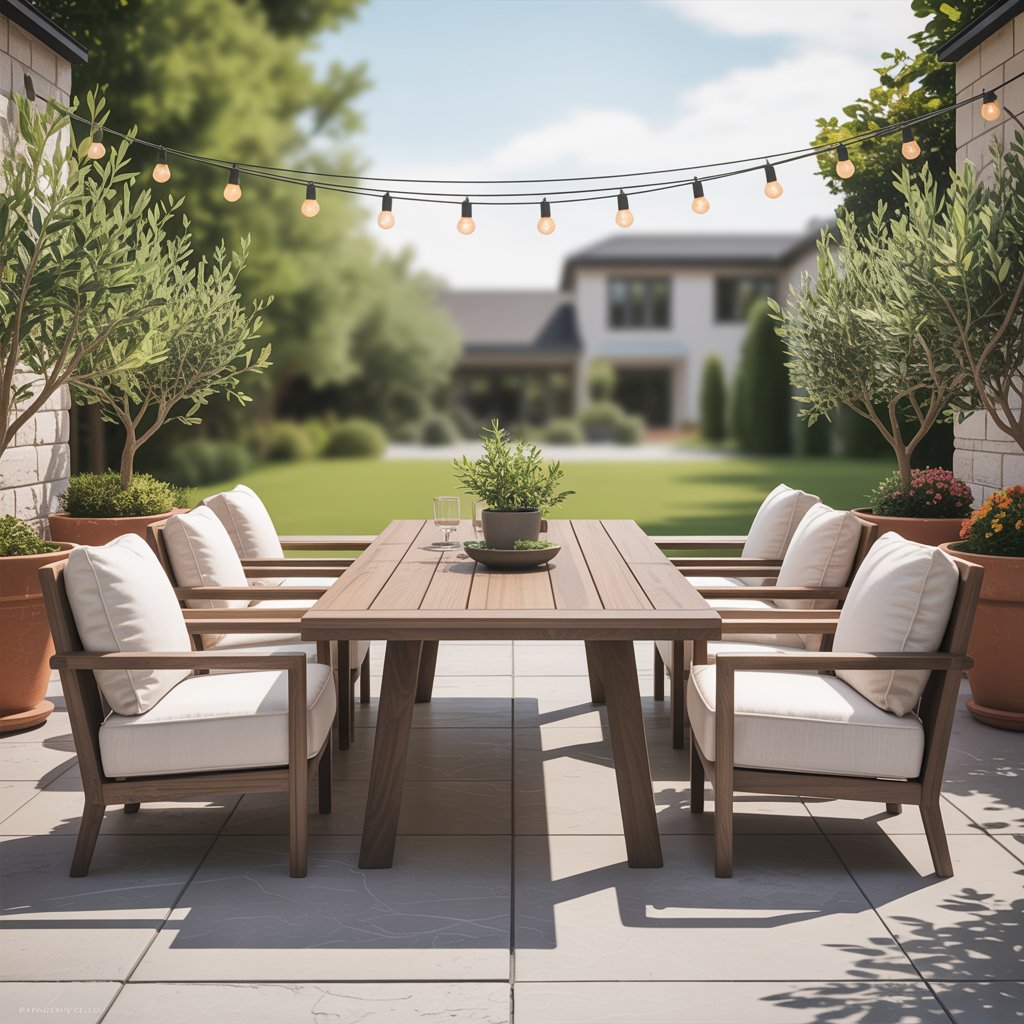
Incorporate practical elements like nearby access to the kitchen, built-in storage for table linens and serving pieces, and proper lighting for evening meals. Add personality through a statement pendant light above the table or runner along the table’s length. Select dining furniture constructed from weather-resistant materials that won’t require seasonal storage—a worthwhile investment for frequent outdoor entertaining.
Establish Wellness Retreats
Transform a quiet corner of your backyard into a dedicated wellness space for yoga, meditation, or simple relaxation. Start with a smooth, level surface—gravel, pavers, or even compacted earth work well. Add natural screens like bamboo or tall ornamental grasses for privacy, and incorporate elements that engage the senses: wind chimes, fragrant herbs, and water features.
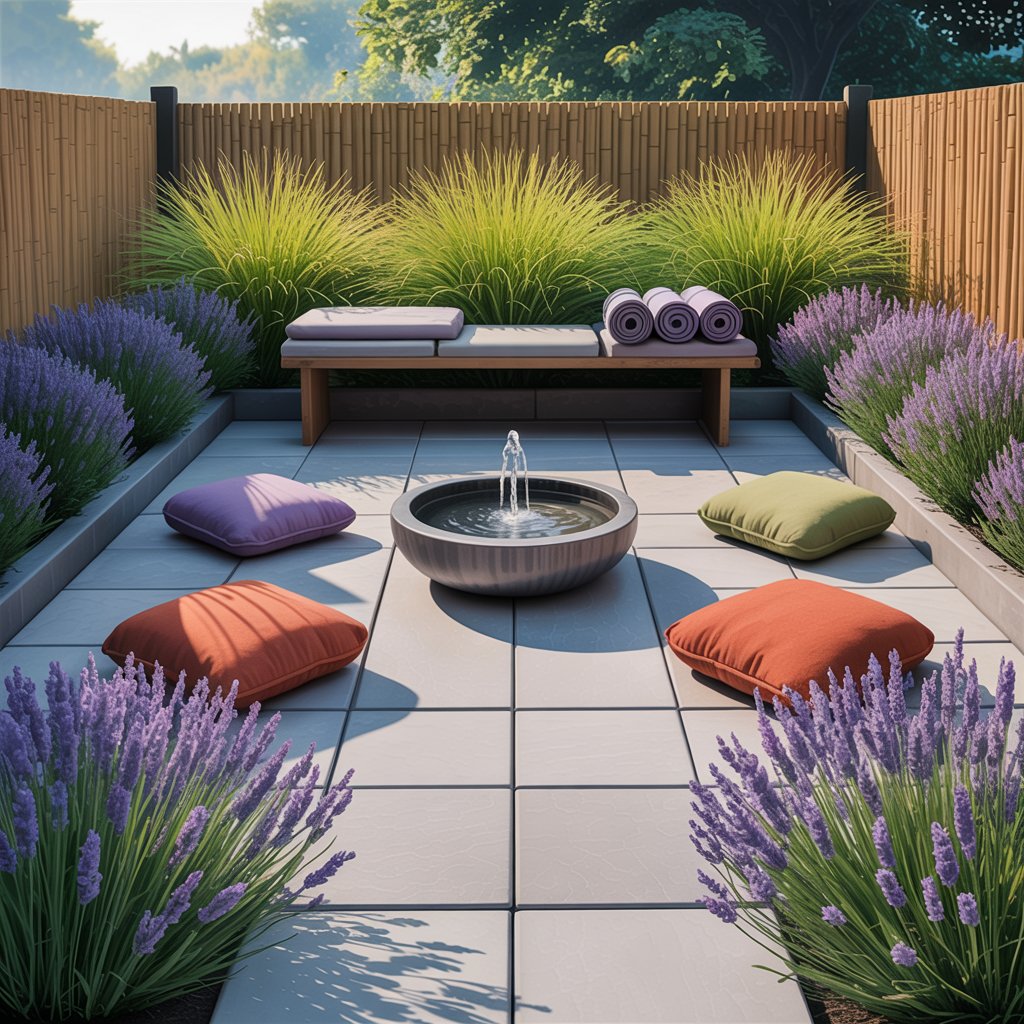
Include comfortable seating that supports proper posture for meditation, such as floor cushions or a low bench. Keep the space uncluttered and organized with hidden storage for yoga mats and props. As mentioned in Techo-Bloc’s trend report, “From reimagined colonial aesthetics to modern wellness retreats, these backyard trends promise to inspire homeowners,” reflecting our growing emphasis on mental well-being in outdoor design.
Consult with Landscape Professionals
For complex projects or when you’re unsure where to start, partnering with a professional landscape designer can save time, money, and frustration. As explained by The Bravo’s Landscape, skilled designers “create a personalized design plan tailored to your lifestyle, budget, and preferences” while “navigating local building codes, permits, and regulations.”
Professional designers bring experience seeing what works (and what doesn’t) across numerous projects, helping you avoid costly mistakes. They maintain relationships with quality contractors who understand proper installation techniques, ensuring your investment lasts. Even if you plan to DIY the installation, a professional design consultation provides a roadmap for phased implementation that maintains cohesion throughout your project.
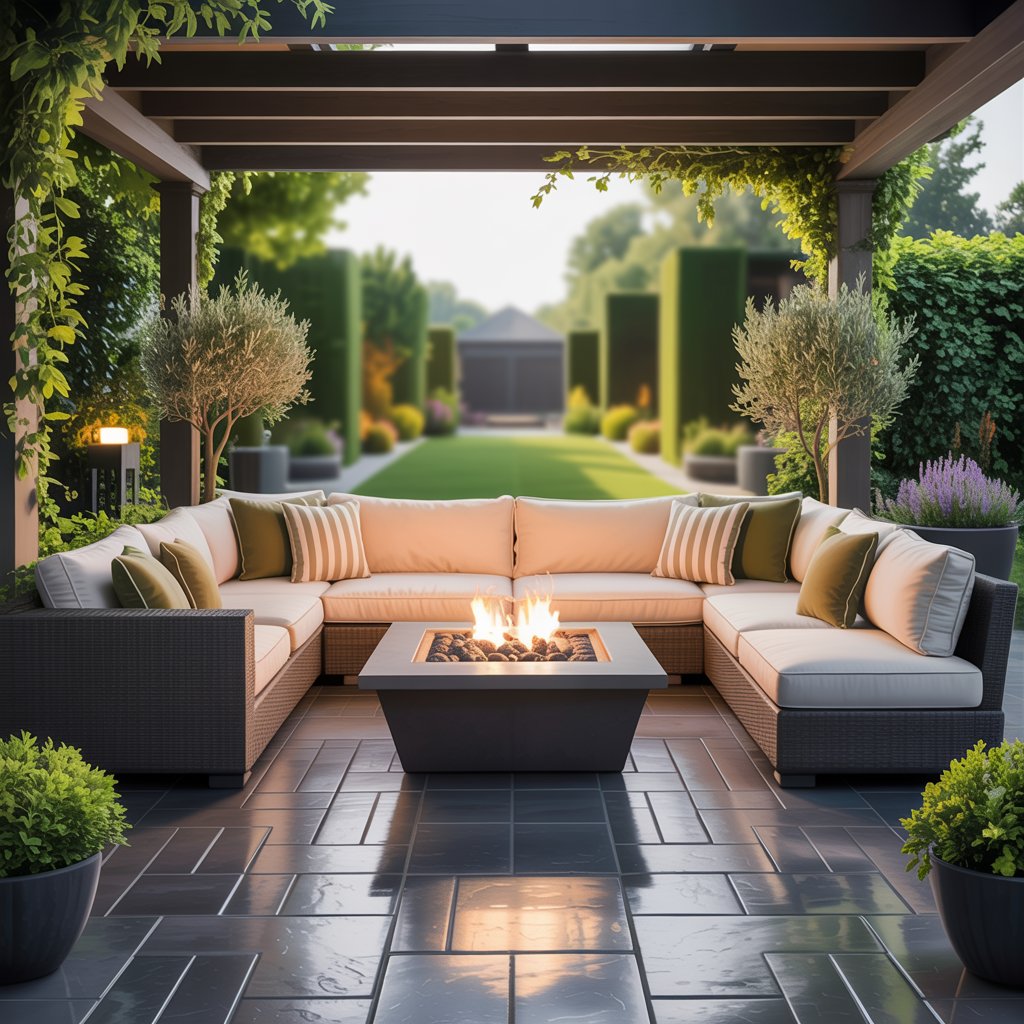
Pro Tip: Before hiring a designer, review portfolios of their completed work in your specific climate zone—what works in Arizona won’t necessarily translate to Maine, even if the design looks beautiful online.
Final Thoughts on Backyard Transformation
Your backyard represents untapped potential—a canvas waiting for your personal touch to transform it into a space that serves both practical needs and emotional desires. The key to successful backyard landscaping lies in balancing aesthetics with function, creating a space that works for your specific lifestyle rather than chasing every trend. Start small with one or two impactful changes rather than overwhelming yourself with a complete overhaul. Document your progress with photos to appreciate how far you’ve come, and don’t hesitate to adjust your plans as seasons change and your needs evolve.
Remember that the most successful backyards tell a story about their owners—whether that’s through collections of potted herbs, spaces designed for entertaining, or quiet corners for reflection. As you implement these 17 backyard landscaping ideas, focus on elements that will bring you joy and functionality throughout the year. The journey to your dream backyard doesn’t require a massive budget or immediate perfection; it simply requires thoughtful steps toward creating outdoor spaces worthy of your time and attention. Schedule a consultation with a local landscape professional or start with one small project this weekend—your future self will thank you when you’re relaxing in your personalized backyard retreat.
